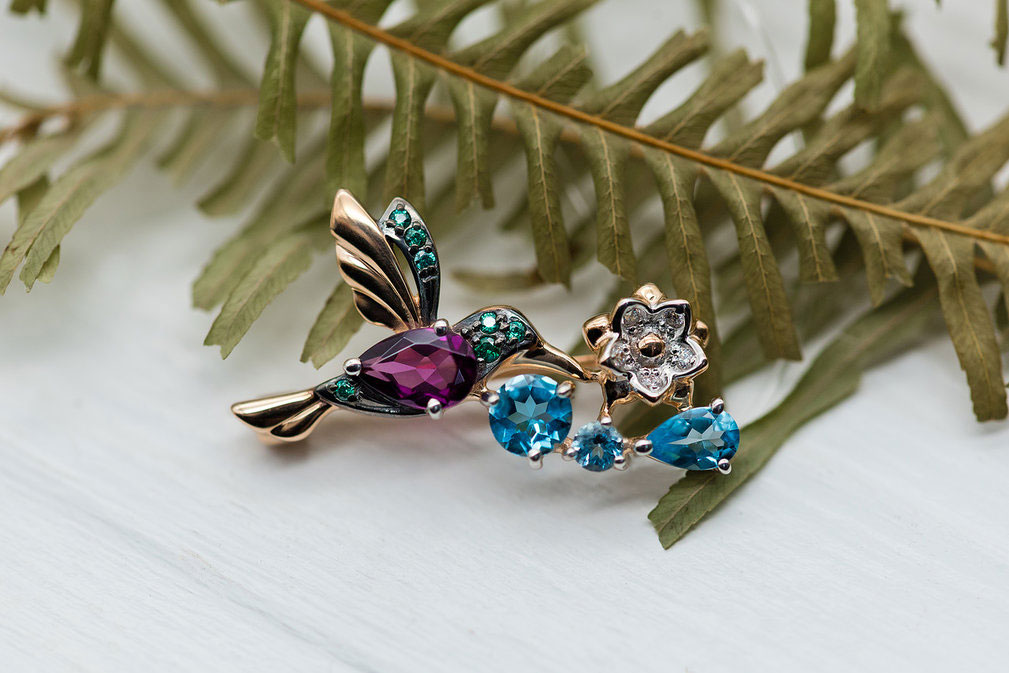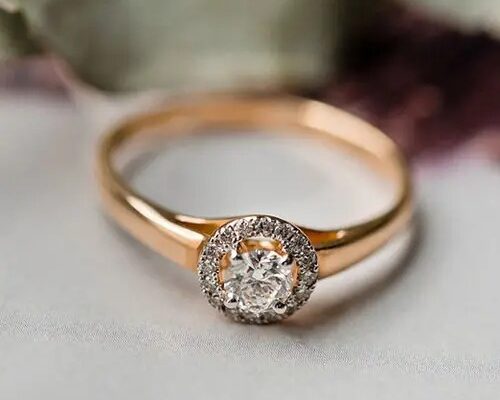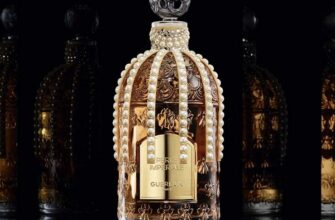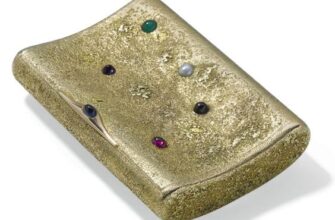Some people need to be especially careful when choosing jewelry. Allergy to metals can appear immediately or after a while. It is worth sounding the alarm if any skin reaction appears at the place where the product is worn. Eliminating the causes, most likely, will not affect the disappearance of the "illness", so some jewelry will still have to be excluded from the collection forever. The first thing to do is to remove the jewelry, and then find out what chemical element caused it.

Provocative metals
Rare jewelry is made of a single metal, the basis of most jewelry is alloys. Pure precious metals - gold, silver, platinum, as a rule, do not cause reactions, those additional elements that give hardness and shine can provoke an allergic reaction: cobalt, nickel, chromium, lead, copper and others.
Nickel found in many alloys and can cause serious allergies. This element is often a “component” of gold and silver items, therefore, when they talk about the impossibility of wearing such jewelry, it is often “guilty” of it.
Remember: the lower the sample of the product, the higher the risk of an allergic reaction. Therefore, we advise you to buy jewelry only from reputable manufacturers.
Lead can be found in cheap jewelry, found in coatings of inexpensive Chinese jewelry. Chrome and cobalt are part of the paints, they are also used for the external coating of products, for example, to give shine and resistance to abrasion. Unfortunately, these metals can irritate the skin and cause allergies.
Copper - a metal that is often used to make inexpensive jewelry.

Metals-excellent
Those who have already encountered the problem of a reaction to a particular element should not despair - you can pick up accessories from hypoallergenic metals and alloys based on them.
Titanium. This "metal of the future" is used not only in the space industry, but also in jewelry. Jewelry made from this material is extremely durable, light and does not cause allergies. Today, earrings, bracelets and even wedding rings are made from this metal.
Niobium is an amazing metal for making jewelry: durable, shiny, does not tarnish, is resistant to corrosion and ... does not cause skin irritation. Piercing jewelry is often made from niobium.

Rhodium has become a real protection for people with sensitive skin. Of course, there are almost no jewelry entirely made of this metal, but thin coating (rhodium plating) is widely used.
Steel. Cases of allergy to this alloy are very rare. Considering that jewelry houses prefer alloys based on silver or iron with carbon, skin irritations are excluded. In order not to be mistaken, look for the 316L marking on the steel jewelry tag.
"Medical Gold" - a kind of hypoallergenic alloy consisting of zinc and copper. Jewelry made from this material is suitable for those who have reactions to nickel.

Allergy: prevent and neutralize
Carefully read the information on the labels or ask for a product passport: a conscientious manufacturer indicates the composition of the alloy and the materials of the decor elements of the jewelry.
If you buy jewelry from a private craftsman, for example, at a fair or during a tourist excursion, ask what it is made of. Inexpensive alloys based on copper, lead, chromium, nickel, iron can provoke allergies. Moreover, the reaction may not appear immediately, but after 1-2 days of wearing the product.
If you are choosing jewelry for a loved one, check in advance if he is allergic to metals, mark which jewelry he wears and which he does not. A mistake, in every sense, can be costly.

Inexpensive jewelry can be worn over clothes - blouses, turtlenecks, sweaters. If the jewelry does not touch the skin, unpleasant reactions can be avoided.
People prone to this type of allergy should not wear a watch on a metal bracelet, it is better to replace it with a leather strap.









